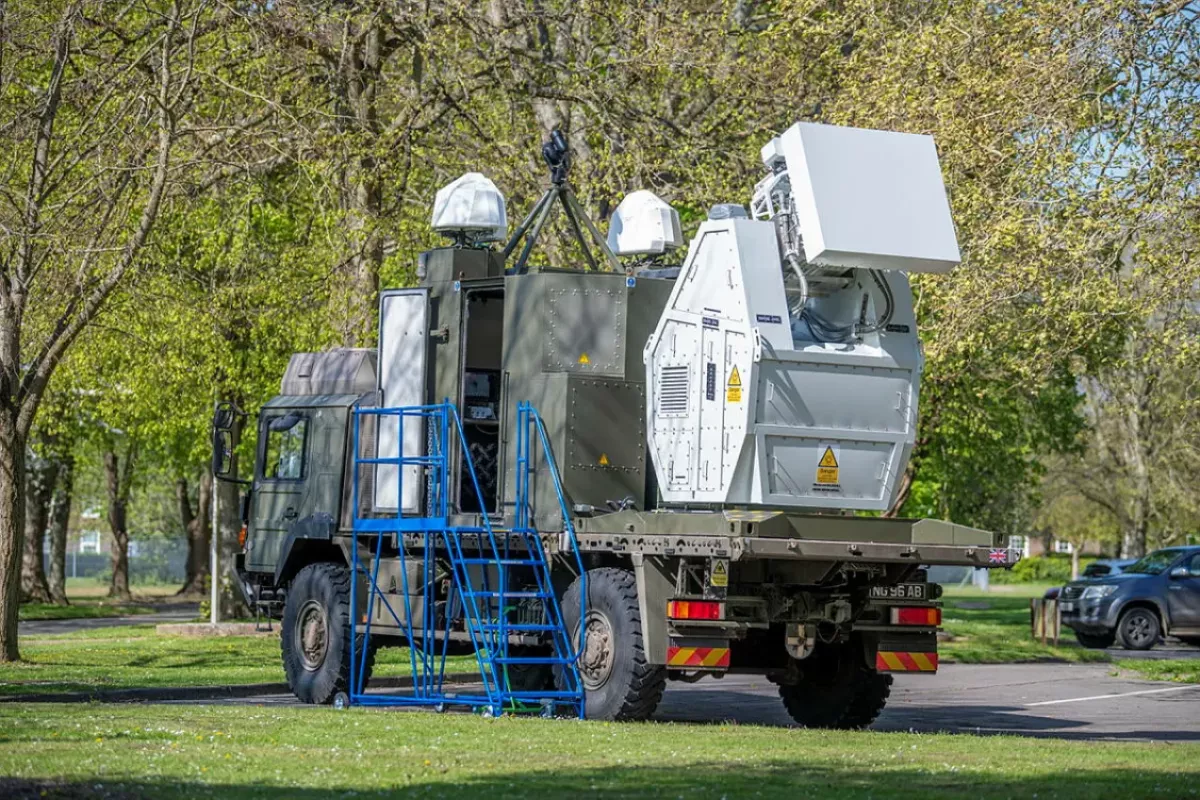UK army takes down drone swarm in novel use of high-power microwave weapon
The British Army has successfully used a directed-energy weapon to neutralize a swarm of drones during recent trials, forming a major milestone in modern drone defence as it is the country's first such use of the technology. The weapon, known as the Radio Frequency Directed Energy Weapon (RF DEW) demonstrator, highlights the military’s growing focus on advanced technologies to counter the increasing threat of unmanned aerial systems, both in combat zones and for homeland security.
The UK Ministry of Defence announced the successful completion of the trials on April 17, which were held at the Air Defense Range in West Wales. British Army personnel operated the RF DEW, which is mounted on an RMMV HX60 4×4 truck. The system was used to detect, track, and disable over 100 drones, including two full swarms taken down in a single engagement—though the precise number of drones involved in that test remains undisclosed.

Developed by Thales UK with a £40 million (approx. $50 million) investment, the RF DEW project was led by Team Hersa, a collaboration between Defence Equipment & Support and the Defence Science and Technology Laboratory. The weapon operates by emitting high-frequency radio waves that disrupt or destroy the electronics within drones, causing them to crash or lose functionality.
“With improvements in range and power, this system could be a critical part of layered air defence,” said Sgt Mayers of the 106 Regiment Royal Artillery, adding that the system was intuitive and easy to operate.
Capable of targeting drones up to one kilometer away—including those immune to standard jamming techniques—the RF DEW offers a highly cost-effective solution. According to the Defense Post, each use costs approximately £0.10 ($0.13), providing a low-cost complement to traditional missile defense systems. Its ability to strike multiple targets almost instantaneously makes it ideal for protecting strategic sites like military installations and airports from aerial threats.
By Nazrin Sadigova








